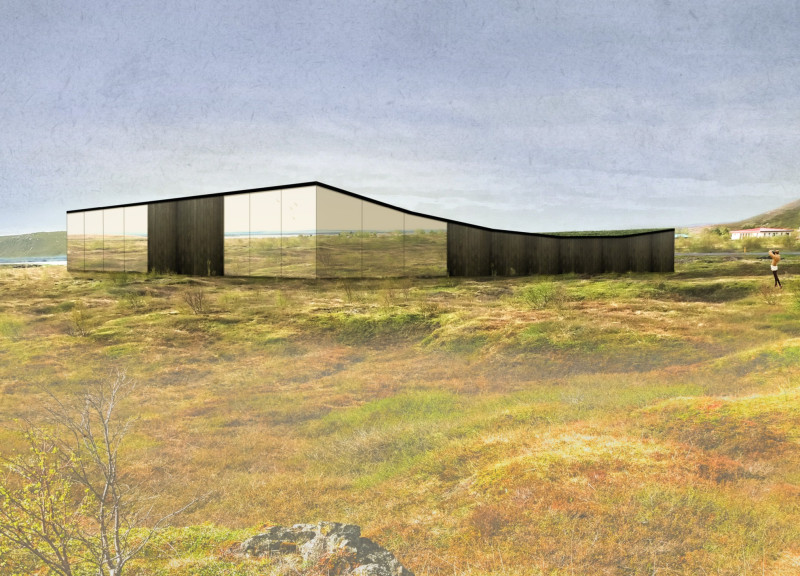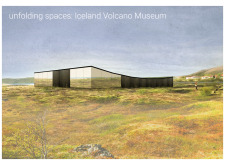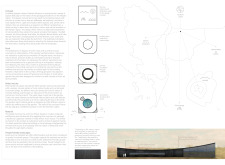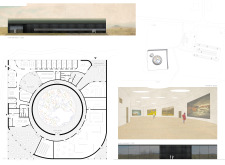5 key facts about this project
The Iceland Volcano Museum is located in the Mývatn region, an area renowned for its striking geological features. The museum serves as a space for education and exploration, offering insights into the region's volcanic history and natural landscape. The design emphasizes a strong connection between the built environment and the surrounding nature, fostering a deeper understanding and appreciation of the unique ecosystem.
Central Courtyard
A key feature of the museum is the circular courtyard known as the Silent Garden, inspired by the nearby Hverfjall volcano. This space provides a quiet area for visitors to pause and reflect. The courtyard symbolizes the gradual formation of volcanic landforms, allowing visitors to experience a sense of calm as they move from the darker corridors into this more open and serene setting.
Spatial Experience
The layout includes a series of interconnected corridors that guide visitors throughout the museum. These pathways are designed with varying levels of natural light, creating an environment that stirs curiosity and invites exploration. As visitors wander through the dimly lit areas, they are brought to the courtyard, where an enriched feeling of tranquility awaits, highlighting the importance of stillness in appreciating the natural world.
Integration of Nature
The design also incorporates a pond within the garden, which reflects light and the surrounding environment. This feature draws attention to the relationship between land and sky. The pond also connects to the Mývatn Nature Baths, emphasizing the area's natural resources. As visitors traverse this space, they are encouraged to connect with both the museum and the broader landscape that shapes it.
Materiality and Connection
Timber is a prominent material in the museum's façade, treated with the shou sugi ban method to enhance its strength and resistance to the elements. This technique allows the wood to blend in with the natural surroundings. The design thoughtfully separates pedestrian pathways from areas for vehicles, prioritizing visitor safety and comfort.
Light and texture play crucial roles in the overall experience, especially at the lookout points that frame views of local landmarks, such as Hverfjall and the Dimmuborgir lava fields. These vantage points invite visitors to stop and take in the beauty of their environment, encouraging a moment of appreciation for the landscape.






















































